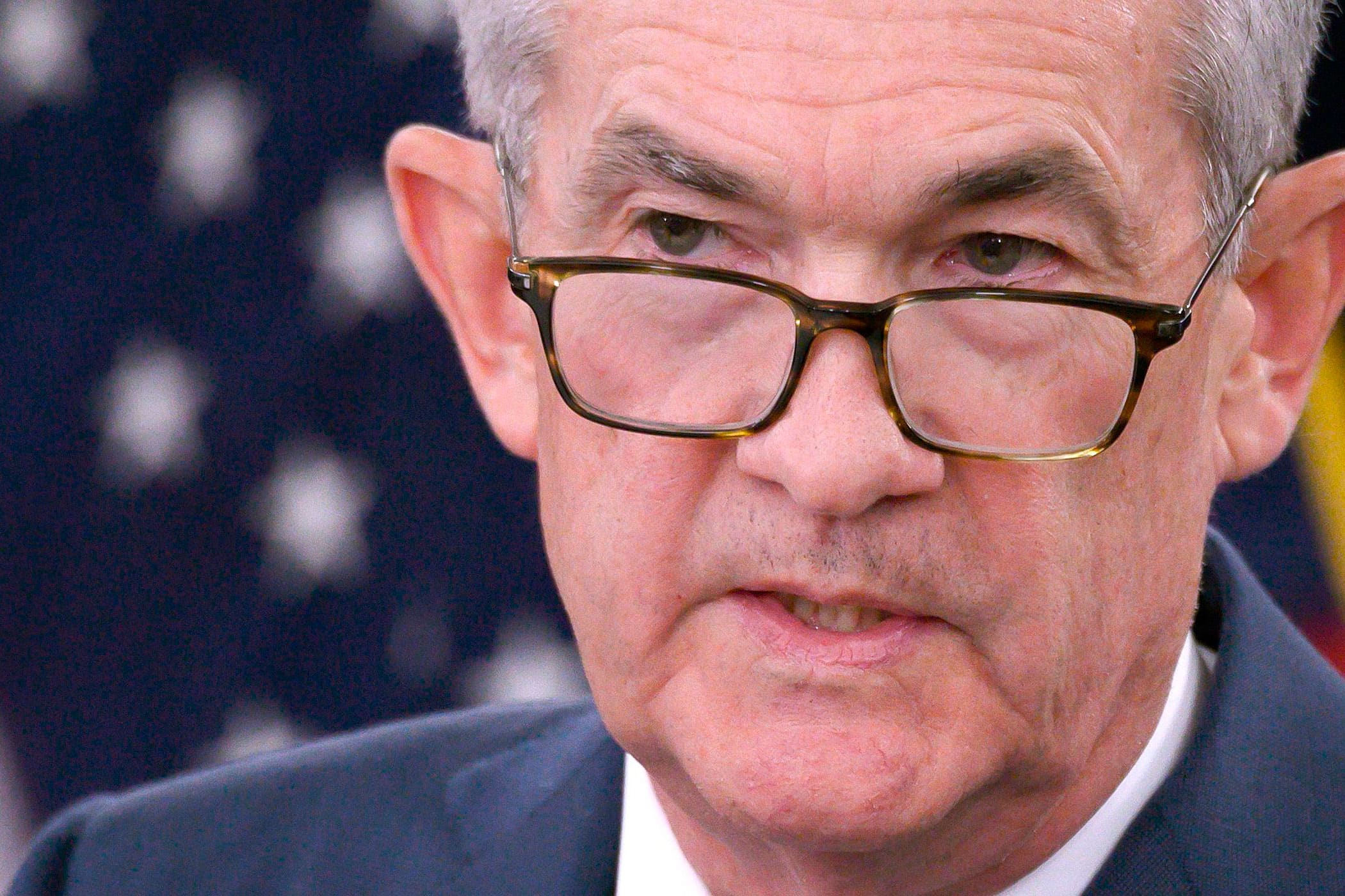US Federal Reserve Chairman Jerome Powell speaks during a press conference after a Federal Open Market Committee meeting in Washington, DC on July 31, 2019.
Andrew Caballero-Reynolds | AFP | Getty Images
The Fed is expected to cut interest rates for the second time in a decade Wednesday, but Fed Chairman Jerome Powell is unlikely to deliver the message markets want to hear on plans for future rate cuts.
“He’ll underwhelm everyone and not overwhelm anyone,” said Diane Swonk, chief economist at Grant Thornton. She expects a cut of 25 basis point, taking the fed funds target rate range to 1.75 to 2.25%, following the last quarter point cut on July 31.
At the Fed’s last meeting, Powell rocked markets, sending stocks lower and bond yields higher when he described the rate cut as a “mid-cycle adjustment,” meaning it was not part of a larger rate cutting cycle.
“He won’t promise anything more. He’ll keep his cards close to his chest. He’ll be an artful dodger again. He’ll keep his cards close to his chest,” said Swonk.
The Fed’s approach may make some market pros unhappy, and it will certainly disappoint President Donald Trump who called the Fed boneheads and called for zero or even negative rates.
Economists said it’s unlikely the Fed forecast will include more than one more rate cut in its outlook for this year, presented on a chart, known as the “dot plot.” Many in the markets are looking for two more cuts this year.
Besides unsettling some market pros, the Fed is also expected to face opposition from within, with at least two Fed presidents again dissenting to a rate cut. At the last meeting, Kansas City Fed President Esther George and Boston Fed President Eric Rosengren, objected to the first cut on the grounds it was unwarranted given the strength of the economy.
Their concerns underscore a big dilemma for the Fed, and that is that the economic data in the U.S. has been stronger than expected, while the Fed is making rate cuts as insurance against slowing that could come from elsewhere in the world or other shocks, such as trade wars or Brexit.
“The economic data couldn’t be less supportive of a rate cut. We have core CPI inflation at the highest level since the recession ended. We have retail sales going straight up,” said Chris Rupkey, chief financial economist at MUFG. “We have industrial production off the bottom — the much beleaguered manufacturing sectors was one of the key reasons for a Fed rate cut.” August industrial production rose 0.6% last month after an unrevised 0.4% drop in July.
“I don’t think the Fed’s forecast will be green lighting a third rate cut,” said Rupkey, noting he thinks the Fed will do one more after the September cut..
BlackRock’s Rick Rieder said he expects the Fed will probably cut by 25 basis points but it should do more. “I think they’ll describe this as a mid-cycle adjustment. I think they should go 50 [basis points] and then step back, get to the equilibrium point,” said Rieder, BlackRock’s global CIO of fixed income. “If the economy slows, then they can come back.”
Barclays chief U.S. economist Michael Gapen said he doesn’t expect much from the Fed. “We think they will continue to cut because the data will soften. What I think their message will be is we cut twice and we don’t see a consensus that we should signal another cut,” he said.
Powell speaks to reporters following the Fed’s release of its statement and new projections on the economy, inflation and interest rates.
He may be asked to address something else that ruffled markets this week. There was a spike in the repo rate, or the interest at which financial institutions fund themselves.
Strategists described the event, which sent the repo rate to 10% Tuesday, as the result of a perfect storm that created a period of illiquidity in markets. It was described as a cash crunch, but not a credit crisis as in 2008. The Fed, in response conducted a repurchase operation Tuesday involving $53 billion worth of various debt instruments as it seeks to control the level of its benchmark interest rate.
The repurchase operation was the first since the financial crisis but there have been warnings of tight liquidity, particularly in December of last year when repo rates rose during the stock market sell off.
“It came down, but it’s still high and it’s going to to continue to be high. It’s one thing at quarter end and year end when you see these spikes but you don’t expect it in the middle of September,” Rieder said.
Strategists said there was a perfect storm of heavy Treasury issuance, which drains liquidity, as well as corporations seeking cash for tax payments.
“The Fed needs to let their balance sheet grow. Keep the dollar from appreciating,” Rieder said, adding the expansion of the balance sheet would help the situation.
Rieder said the Fed could carry out a type of quantitative easing program, as it did before, to enlarge the balance sheet.
The event prompted market speculation that the Fed will resume its quantitative easing program.
“As of yesterday, the Fed had lost control of the funding market,” said Mark Cabana, head of short rate strategy at Bank of America Merrill Lynch.

